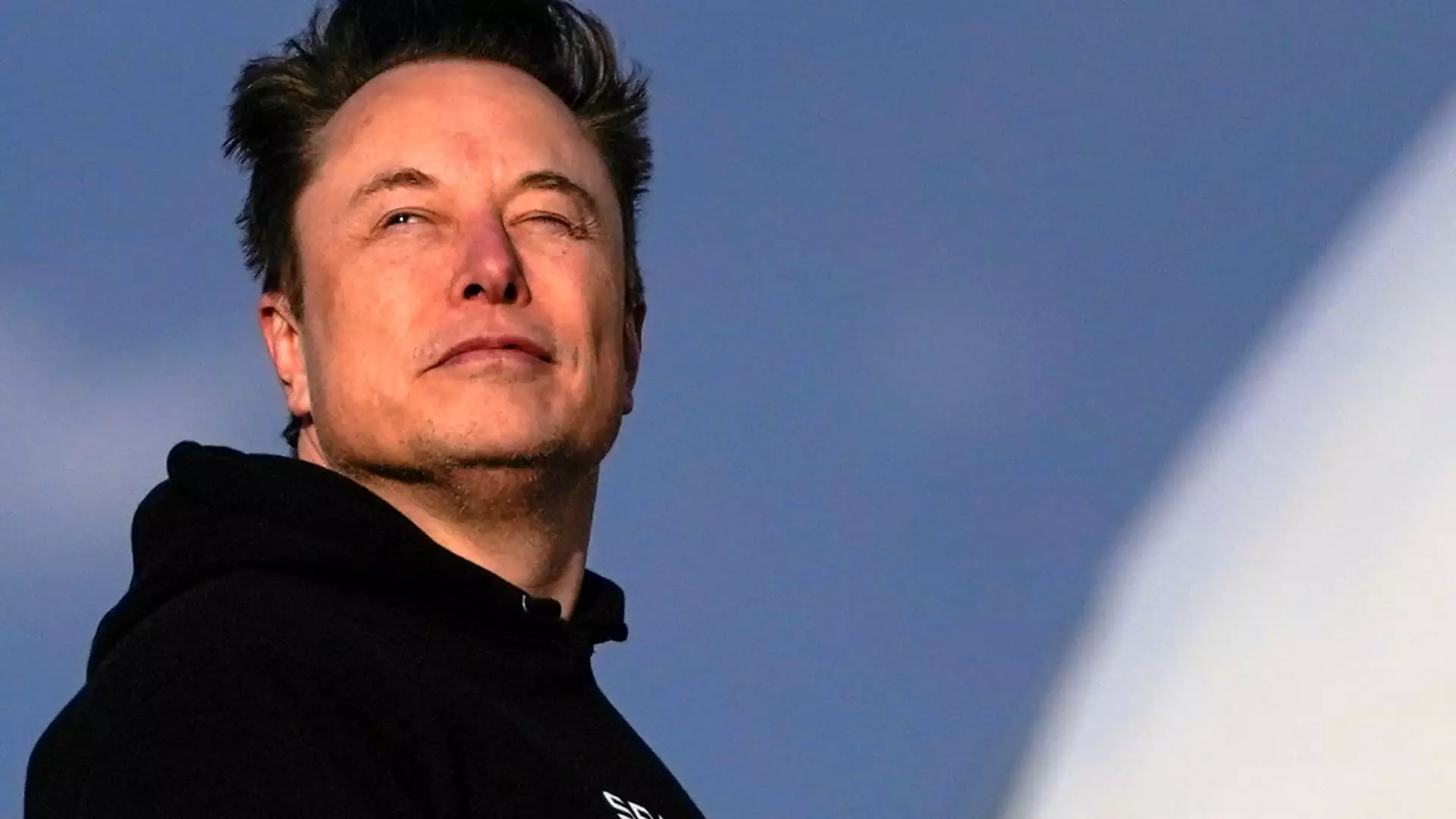Elon Musk, a name synonymous with innovation and ambition, recently intensified the conversation around the convergence of technology and social media by announcing a merger between xAI and X, his social networking platform. This transformative move, evaluated at approximately $80 billion for xAI and $33 billion for X, highlights Musk’s relentless pursuit of integrating artificial intelligence into everyday life. By leveraging the strengths of both entities, Musk aims to not only reshape user experiences but also bolster AI’s role in understanding the universe, a mission xAI has pursued since its inception.
Blending Capabilities for Exponential Growth
In his announcement via X, Musk expressed his conviction that the futures of xAI and the social media platform are intertwined, suggesting a symbiotic relationship that could redefine the technological landscape. Musk’s sentiment resonates deeply in today’s environment, where data-driven models dominate innovation. By merging the data, computational resources, talent, and distribution channels of both companies, Musk envisions unlocking vast potential that could change the fabric of user interaction and AI deployment.
While the integration hints at monumental achievements, it also underscores Musk’s strategic approach to fostering an ecosystem where AI advancements thrive. His vision involves utilizing xAI’s cutting-edge capabilities alongside X’s extensive user base, allowing for an interactive experience that transforms how users engage with content online. As competitors like OpenAI, Google, and Meta vie for dominance, this alliance positions Musk favorably to challenge conventional paradigms.
The Clash of Titans: A Rivalry with OpenAI
Musk’s journey in the AI sector has not been without its controversies. Having co-founded OpenAI in 2015, his growing frustrations with the organization’s trajectory have manifested in public disputes, particularly with CEO Sam Altman. His departure from OpenAI followed a divergence in philosophies concerning AI ethics and governance. The tension between the two entities adds narrative depth to Musk’s current ambitions, creating a landscape where rivalry fuels innovation.
Through xAI, Musk is not merely attempting to compete; he is asserting a vision that blends the challenges of AI with a refreshingly audacious intent to decipher the universe’s complexities. With features like the Grok chatbot integrated within X, the merger signals a direct confrontation with established players, showcasing Musk’s desire to claim a top-tier position in the AI arena.
Investors and Valuations: A Dynamic Landscape
The financial intricacies surrounding the merger reveal an evolving landscape influenced by investor sentiment and valuation dynamics. Just a year ago, xAI was valued at approximately $50 billion, a figure that has soared in light of the merger announcements and prospective growth. Comparatively, industry benchmarks like OpenAI, nearing a staggering valuation of $260 billion, and emerging players such as Anthropic at $61.5 billion, illustrate the competitive pressures xAI must navigate.
Musk’s ability to attract investment and navigate market dynamics has always been a hallmark of his career. His move to interlace social networking with advanced AI could yield not only financial success but also cement his status as a transformative figure in technology. However, it remains to be seen whether this strategy will withstand the scrutiny and turbulence that typically accompany such ambitious mergers.
The Broader Context: Governance and Influence
As Musk continues to intertwine multiple ventures, his involvement in political spheres, particularly under the Trump administration as a head of the newly formed Department of Government Efficiency (DOGE), introduces another layer of complexity. Musk’s financial contributions toward political campaigns signal his deep entrenchment in discussions that influence technological policy and regulations. This positioning allows him to craft an environment conducive to his business endeavors, enabling swift adaptive strategies in a regulatory landscape that often lags behind technological advancements.
Musk’s previous merger of Tesla with SolarCity serves as a reminder of the tumultuous paths such integrations can take. Despite opposition, courts have consistently upheld Musk’s strategic decisions, suggesting a trend of judicial support for his business maneuvers. The implications of this history raise questions about accountability and transparency, especially in a landscape where power dynamics increasingly concentrate around single visionary figures.
As the landscapes of artificial intelligence and social media converge, Elon Musk stands at the forefront, steering the narrative toward an era of interconnected technologies. His ambitions to harmonize xAI with X are not just moves for corporate growth; they reflect a broader ideological commitment to pushing the boundaries of what is possible in the digital age.


Leave a Reply
You must be logged in to post a comment.